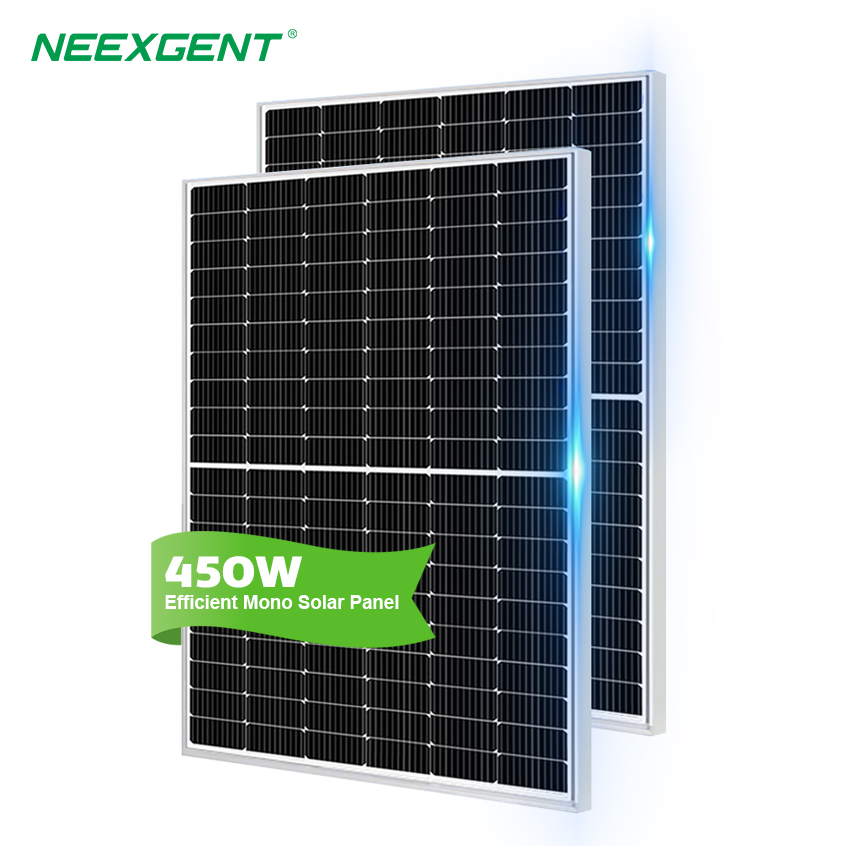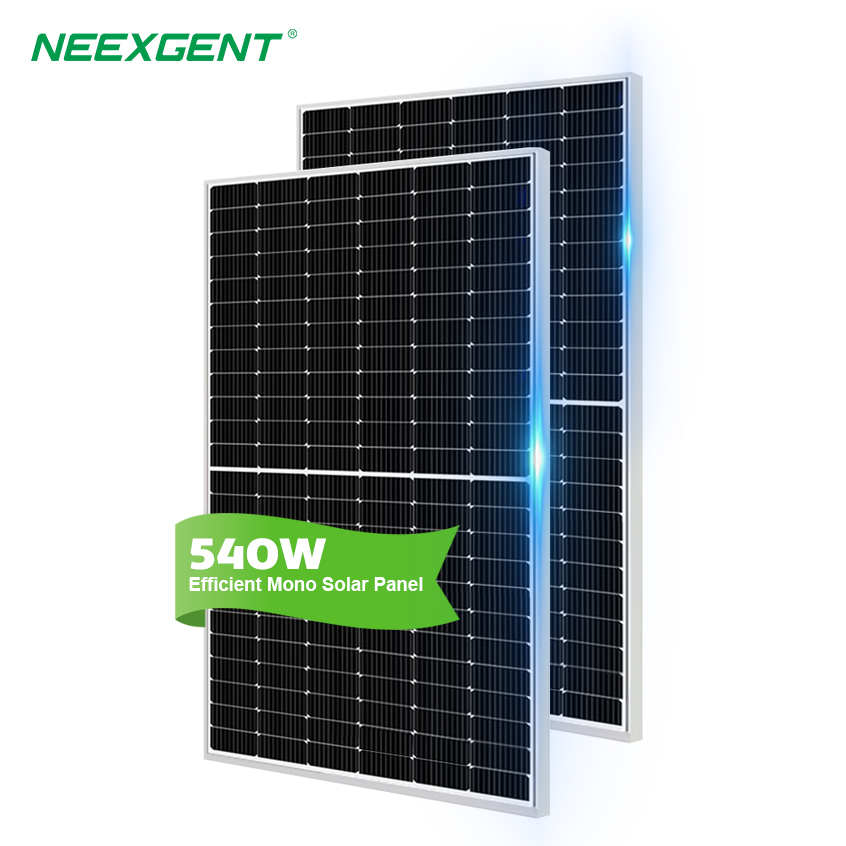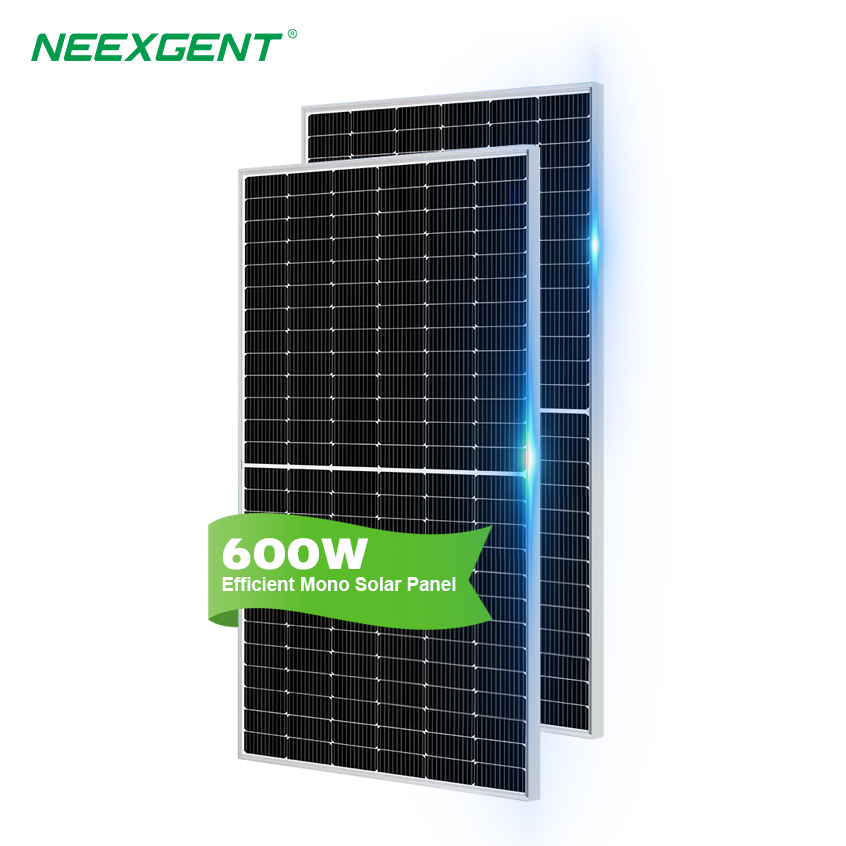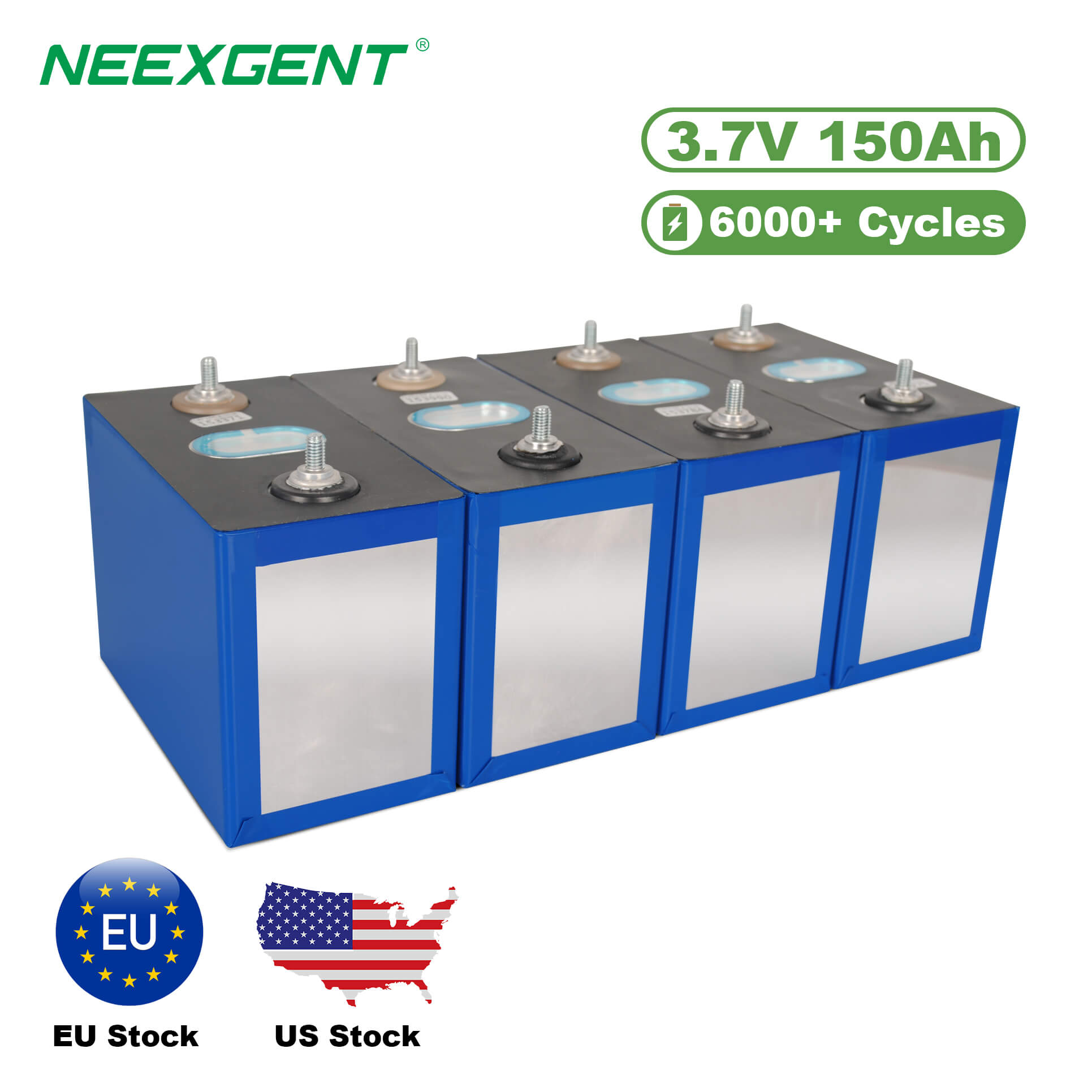Contents:
As the world increasingly favors renewable energy, solar power is prominently featured. It involves rooftop and ground-mounted panels capturing sunlight and converting it to electricity. However, solar systems are vulnerable to different climatic conditions; one of them is the issue of snow on the panels during winter months in snowy regions whereby snow accumulates on the panel and hence blocking sunlight leading to reduced efficiency. This calls for solar panel snow guards.
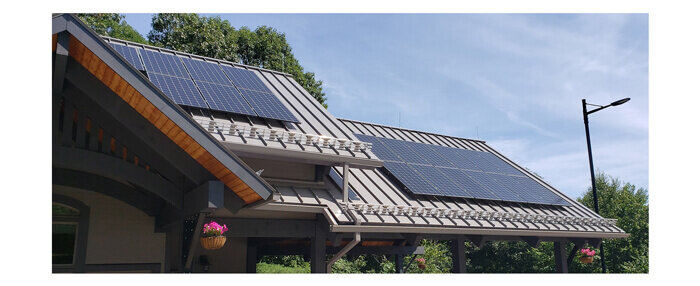
Understanding Solar Panel Snow Guards
Solar panels snow guards are specialized accessories which keep the snow from sliding off the panels and subsequently accumulating around the system. These guards get mounted either on the roof or directly onto the solar panel structure to hold snow. They ensure that none of the heavy masses of ice and snow slide down off these panels, which can be dangerous for anything or anyone that happens to be below.
Snow on the panels prevents the sunlight from reaching the photovoltaic cells, thus reducing the efficiency of the system. In as much as snow accumulation happens mostly in colder regions, what you call snow guards helps to mitigate this problem by ensuring that there is a controlled gradual release of snow. This ensures that big masses of snow do not fall off suddenly and potentially damage the panels as well as the structures around them.
Why Are Solar Panel Snow Guards Necessary?
1. Safety as a factor: The main reason why people opt to install snow guards on their solar panels is due to safety. When snow lies on top of a roof or the solar panel, it becomes incredibly risky because once it thaws or the wind disturbs it, it can slide off all at once. This could be extremely dangerous since falling snow can injure people, damage property, or even hurt animals. With the guards in place, they practically ensure that the snow will safely release in small amounts and hence reduce the risk of suddenly heavy slides of snow.
2. Maximizing Solar Panel Efficiency: Solar panels depend on direct sunlight for their electrical generation. Snow on the panels limits this essential sunlight and hence the efficiency of the whole system. By preventing snow from blocking the panels solar energy collection is maximized ensuring that the system works at its best even in winter months.
3. Preventing Damage to the Solar Panels: Solar panels are designed to be durable, but they are not immune to damage caused by large, heavy snowfalls. When snow slides off suddenly, it can cause physical damage to the solar panels or the surrounding roofing. This is especially true if the snow builds up excessively and then slides off in a large mass. Snow guards mitigate this risk by controlling the release of snow.
4. Preserving the Roof and Gutters: Large amounts of snow and ice falling off the roof can also cause damage to the roof itself or the gutters, especially if they are already weakened. Snow guards can prevent such damage by controlling the flow of snow and ice, preventing it from falling in large, concentrated areas.
How Solar Panel Snow Guards Work
Snow guards serve the function of retaining the snow on the roof until it melts and comes sliding down in an easy, controlled trickle. They are mounted on the roof, just above the solar panels or on top of them. The shapes vary but they all pretty much share one function: keeping big piles of snow from sliding off all at once.
There are several types of snow guards, each working a bit differently:
1. Snow Fences: Snow fences are vertical-barred or meshed guards for snow-trapping purposes. These fences go on the roof, just above the solar panels; they assist in holding the snow back. They work well where steady amounts of snow build up occur since they act as a bar to keep big slides of snow from falling off.
2. Snow Rails: Snow rails are long horizontal bars installed along the edge of the solar panel array. These rails act as a barrier that holds the snow in place. They are often used in combination with other snow guard systems to provide additional support and control over the release of snow. Snow rails are designed to allow snow to slide off gradually, instead of in one large mass.
3. Snow Brackets: Snow brackets are tiny metal brackets fixed at the sides of the roof or along the panels. These help in forming tiny compartments where snow piles up and melts little by little. The brackets stop the snow from falling off all at once and usually come together with other forms of snow guards to make a full system for managing snow.
4. Rubber Snow Guards: Some flexible material snow guards are made of rubber. These guard the solar panels or act as cushioning at the edges of the roof to prevent the snow from sliding off all at once. Rubber snow guards are best for roofs that have a steeper pitch or are often hit by a quick snowstorm.
Types of Snow Guards Available
There are several types of snow guards, each suited to different kinds of roofs and solar panel systems. The most common types include:
1. Adhesive Snow Guards: Adhesive snow guards use strong adhesives to attach to the surface of the roof or solar panels. These guards are easy to install and are often preferred for residential roofs, where the installation process needs to be simple and quick.
2. Mechanical Snow Guards: Mechanical snow guards are bolted or screwed into the roof, making them more permanent and durable. They are ideal for commercial or industrial solar panel installations, where snow management is critical for maintaining the performance of large-scale solar systems.
3. Clear Plastic Guards: Clear plastic snow guards are designed to be discreet and blend in with the roof’s aesthetic. They are often used in residential applications where aesthetics are important. Despite their transparency, these guards are still effective in holding snow in place.
4. Copper Snow Guards: Copper snow guards are durable and can add a touch of elegance to the roof. These are typically used in high-end residential or commercial installations. Copper is corrosion-resistant, ensuring that the snow guard will last for many years.
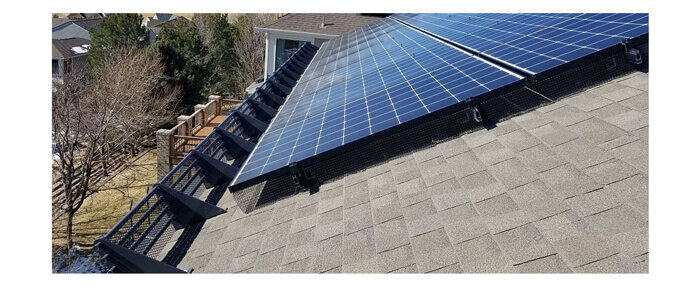
Benefits of Installing Solar Panel Snow Guards
- Improved Efficiency: Snow guards ensure that the solar panels are free of snow accumulation, allowing them to collect sunlight and generate energy even during the winter months. By maximizing solar panel efficiency, they help homeowners and businesses save on energy costs.
- Reduced Maintenance Costs: Installing snow guards can reduce the need for frequent maintenance, as they prevent snow from damaging the panels and roof. This leads to fewer repairs, lower maintenance costs, and a longer lifespan for the solar energy system.
- Enhanced Safety: Snow guards help prevent the risk of snow avalanches that can cause injuries, damage to property, or disrupt the surrounding environment. By controlling the release of snow, snow guards ensure a safer environment for everyone around the solar installation.
- Protection of Investment: Solar panel systems are significant investments, and protecting them from potential damage is crucial. Snow guards add an extra layer of protection, helping to preserve the integrity of the panels and the roof structure over time.
Conclusion
To sum up, solar panel snow guards are key for keeping the efficiency, safety, and lifespan of solar energy systems great, mainly in places with big snows. By stopping snow from falling off the panels in big pieces, these tools help to keep the system working all winter long, lower the chance of harm or damage to property, and save the solar panels and roof from possible trouble.
With different types of snow guards, there are options for different needs and roof types. Whether you are a homeowner with a residential solar installation or a business with a large commercial solar array, installing snow guards is an investment worth making that brings added value to your solar energy system and safety during the winter months.
FAQs
1. Can solar panel snow guards be installed on existing solar panel systems?
Yes, solar panel snow guards can be retrofitted to existing solar panel systems. Many types of snow guards, such as adhesive or mechanical models, are designed for easy installation without the need for a complete system overhaul.
2. Do solar panel snow guards affect the aesthetic of my roof?
While snow guards are functional, some models, such as clear plastic or copper snow guards, are designed to blend seamlessly with the roof’s appearance, minimizing any aesthetic impact.
3. How do I know if my solar panels need snow guards?
If you live in an area with heavy snow or ice buildup, snow guards are highly recommended. Signs that your solar panels could benefit from snow guards include frequent snow accumulation on panels and risks of snow sliding off during temperature fluctuations.
4. Are snow guards effective in all climates, or only snowy regions?
While snow guards are primarily designed for snowy climates, they can also be useful in areas prone to sudden freezes and thaw cycles, as they help manage ice buildup and prevent sudden slides of frozen snow.
5. Can snow guards damage my roof or solar panels?
When installed correctly, snow guards should not damage the roof or solar panels. It's important to use guards that are compatible with the roof material and ensure proper installation to avoid any risk of damage.

